2021 Tata Tigor EV Review: First Drive
Tata Motors has now expanded its passenger EV line-up by launching the new Tigor EV. It’s based on Tata’s Ziptron EV platform and is, therefore, much more advanced and refined than its predecessor. Tata gave us the car for a day to drive around town, and this is what we discovered.
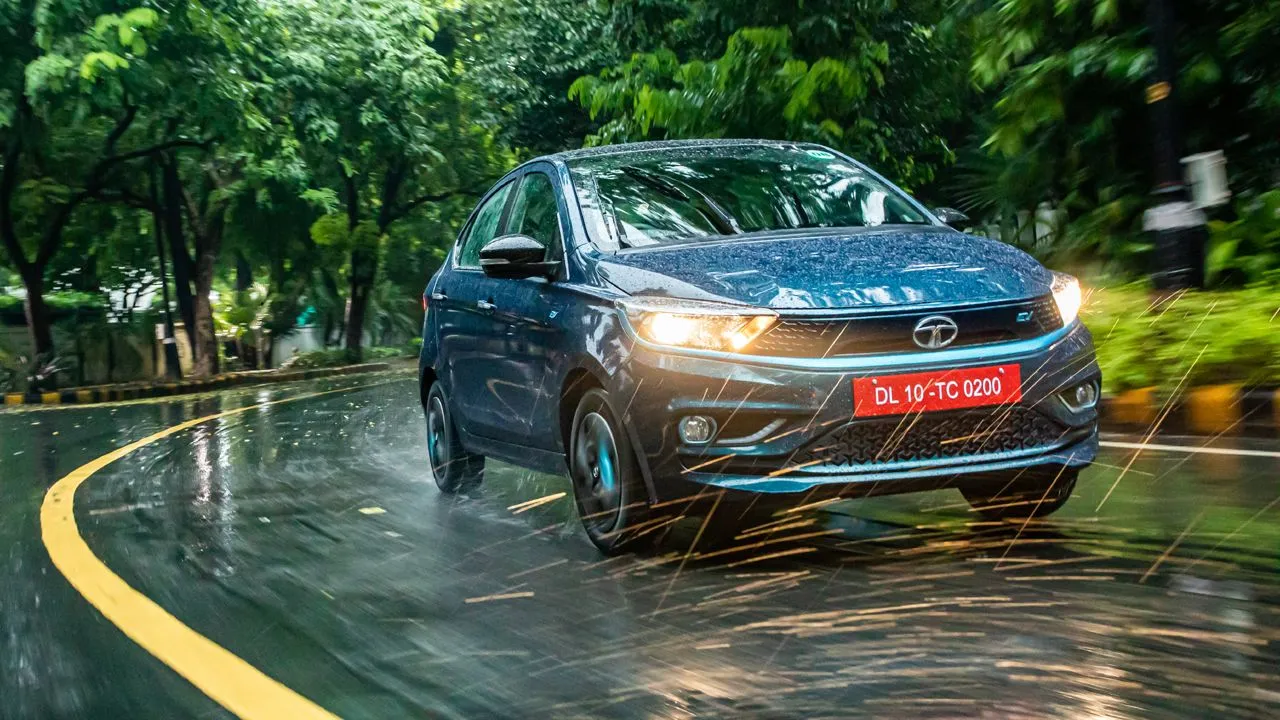
Incessant rainfall and waterlogged roads are not the ideal conditions to test an EV! Well, how bad could it be?
Who knew that a receding Monsoon could almost flood a city like Delhi? And while it may be hard to believe, it did indeed happen. And it was amid such conditions that Tata invited us to have a go in its latest EV – the 2021 Tigor. Apart from the usual weekday traffic, fate had something unusual planned for us and for the testing of this promising EV – by the time we started shooting, I found myself wading through knee-deep water, but as they say, ‘the show must go on.’
Anyway, let’s direct our attention to the EV in question here. After tasting success in the passenger EV space with the Nexon EV, Tata Motors has now expanded the line-up by launching the new Tigor EV. It’s based on Tata’s Ziptron EV platform and is, therefore, much more advanced and refined than its predecessor. Tata gave me the car for a day to drive around town, and this is what I discovered…
Performance
Powering the new Tigor EV is an IP67-rated 26kWh liquid-cooled Li-ion battery pack, which helps the Permanent Magnet Synchronous Motor (PMSM) send 74bhp and 170Nm of torque to the front wheels. Now, compared to the Nexon EV, the Tigor EV gets a smaller battery pack, which also means lower power and torque figures. However, the figures seem inadequate only on paper, for in real life, the Tigor EV offers enough performance to keep you smiling. In fact, play around with the drive modes a bit, and that smile will turn into a proper grin! And why not? After all, the Sports mode allows you to unleash the full potential of the Ziptron architecture. So, if you find yourselves racing between traffic lights in the Sports mode, don’t worry, you’re not to be blamed for it – we know how addictive it can be. Joking aside, while a claimed 0 – 60km/h time of 5.7 seconds isn’t too bad, what’s more impressive is the ARAI-certified driving range of 306kms.

Driving Range
During the test, the Tigor EV had to face several challenging scenarios, ranging from waterlogged roads to trundling in heavy traffic. Despite all this, I never experienced the so-called ‘range anxiety’ because the range indicator turned out to be pretty accurate when I compared its readouts to the actual distances covered. Now, there were some instances of a few kilometres – at times more than expected – vanishing from the range, especially after long periods of being idle in the drive-ready mode. But other than these minor episodes, there was nothing to cause concern – not only did I manage to get back to the hotel after the day’s shoot without visiting a charging station but also without completely depleting the range – in fact, the car still had a lot of unused kilometres.
The Tigor EV comes with a CCS2 connector. It can be charged from 0 – 80% in 8 hours 45 minutes using a standard 15A plug point and in just 65 minutes with a 25kW DC fast charger.
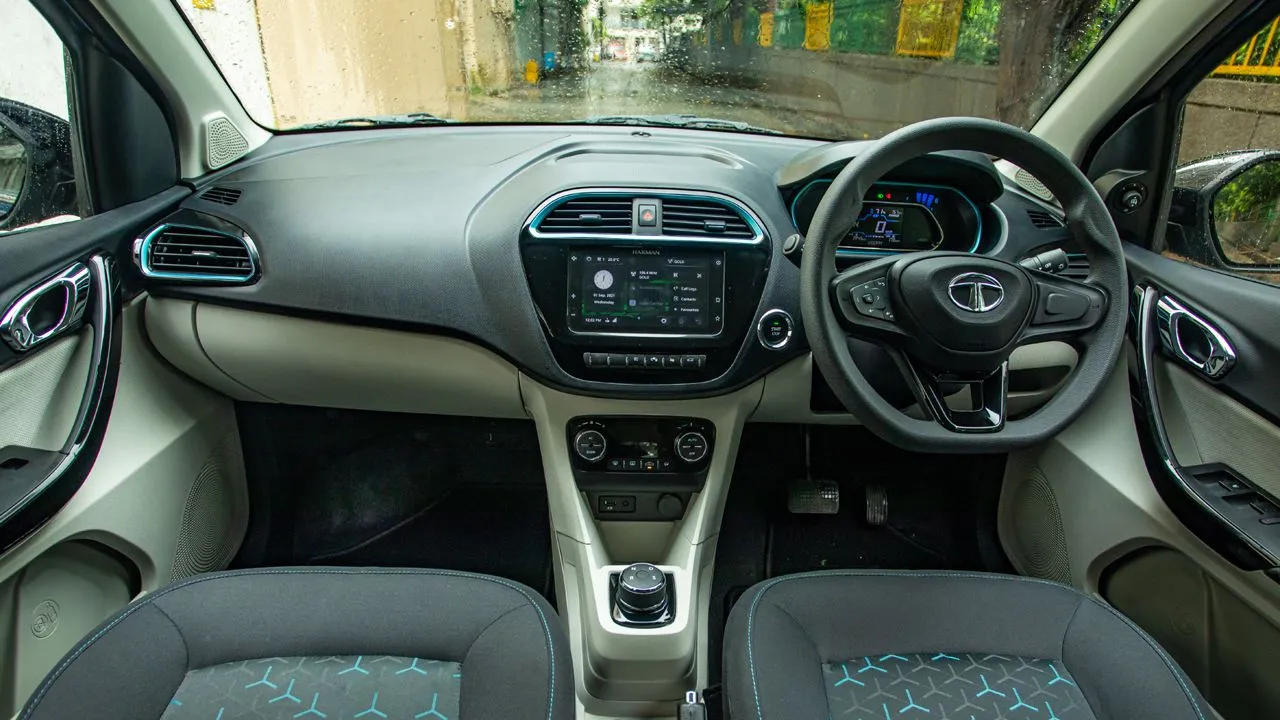
Features
Given that the top-spec XZ+ Dual-Tone variant costs ₹13.14 lakh (ex-showroom), one would expect to find an appreciable list of premium features on offer. And the Tigor EV very well meets the expectation. From projector headlamps, LED DRLs, a smart key with push-button start, a cooled glove box, and powered auto-folding ORVMs to an electric boot release and a 7-inch Harman touchscreen infotainment system with an eight-speaker setup, there’s plenty to look forward to. The build quality is solid – barring a few plastic panels in the cabin, which could do with better fitment – and the cabin has a plush air to it. A special mention goes to the audio system for its stellar sound quality.
And if you think that the list of features stops here, well, let me add that the Tigor EV also offers regenerative braking, Hill Ascent & Descent Assist, and Tata’s iRA connected car tech with up to 35 features that can be accessed and operated via Tata Motors’ ZConnect smartphone app.

Handling
Now, I’ve driven quite a few vehicles in my professional career, but only a handful of them left me as impressed as I was with the Tigor EV. In terms of driving dynamics, the car is quite hard to fault. Add to this mix super comfortable seats and a perfect suspension setup, and what you get is an electric sedan that can more or less do anything you want it to – it can even wade through knee-deep water and come out unscathed. Despite being low rolling resistance units, the Apollo Amazer XP tyres also performed well and offered good levels of grip, even on soaking wet roads.

Scope For Improvement
While it may look like all straight A’s on the report card, the Tigor EV does have some scope for improvement. For example, it isn’t a particularly attractive car to look at, despite all the Ziptron-induced EV-specific changes. And the tiny 14-inch wheels, which are not alloys even in the top variant, make things worse – they actually look like milk-bottle caps. Other than that, the rear parking camera could do with better quality and resolution, and the front passenger seat, which does not get a height adjuster, can be uncomfortable for tall folks, as it’s set quite high, leaving very little headroom.
However, if you can overlook these relatively minor shortcomings, the Tigor EV makes for a great entry point into the world of electric cars.
Read more:
Motor: Permanent Magnet Synchronous
Battery: 26kWh Li-ion
Transmission: Single-Speed / Electric Front-Wheel Drive
Power: 74bhp
Torque: 170Nm
Acceleration: 0 – 60km/h – 5.7 seconds
Range: 306kms (claimed)
Price: ₹11.99 – 13.14 Lakh (Ex-Showroom)
X-Factor: India’s safest and most affordable electric sedan, which is also fun to drive!
|
Pros |
Cons
|
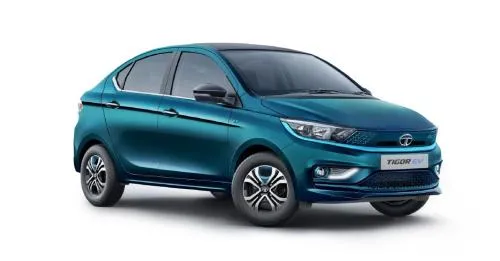

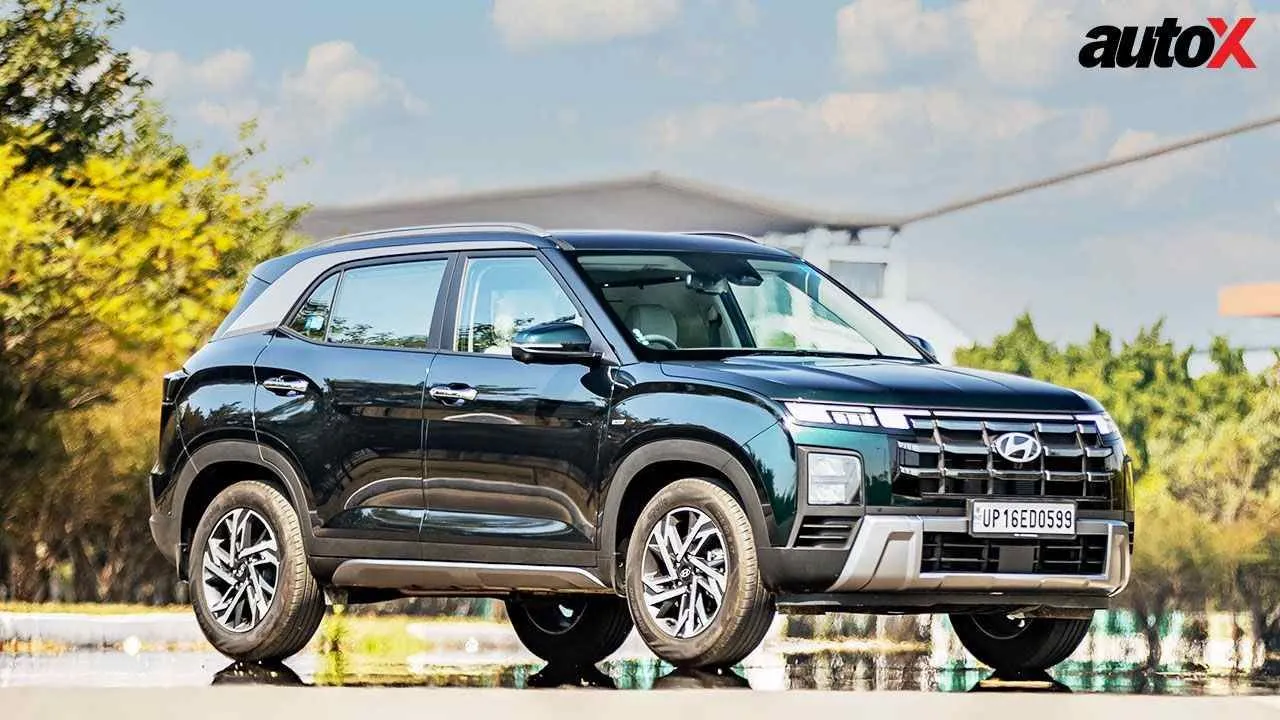


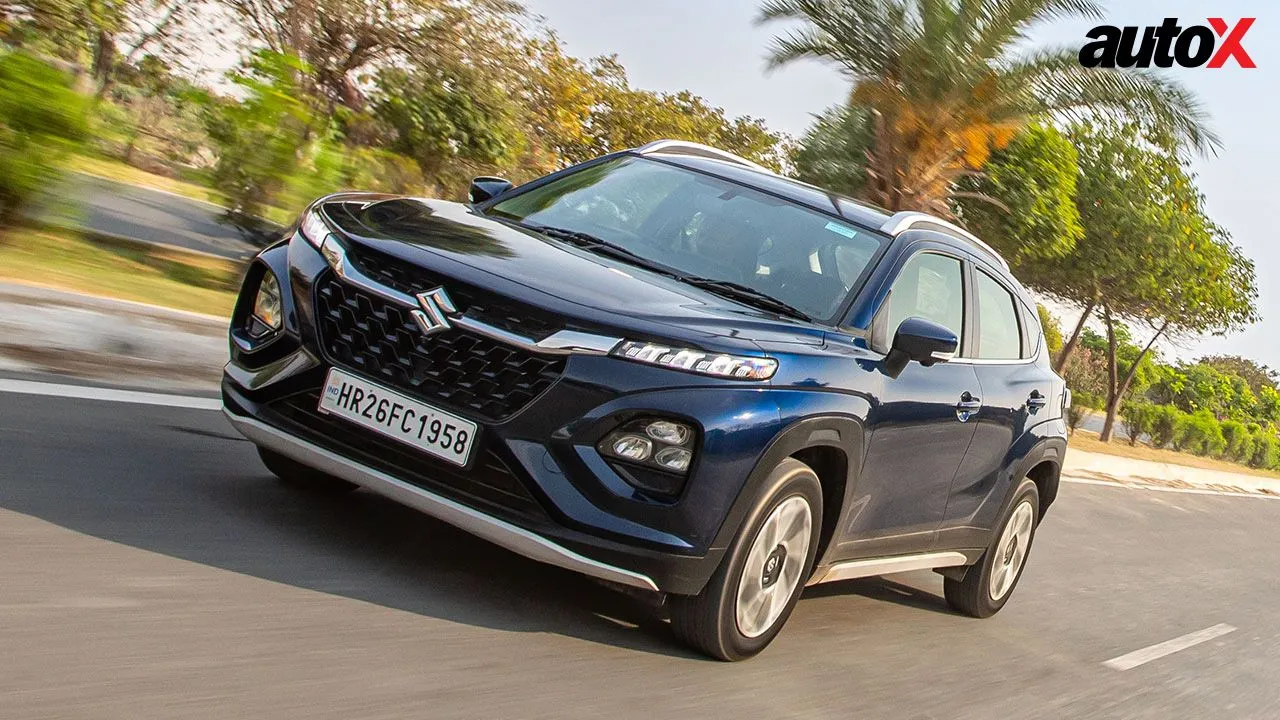

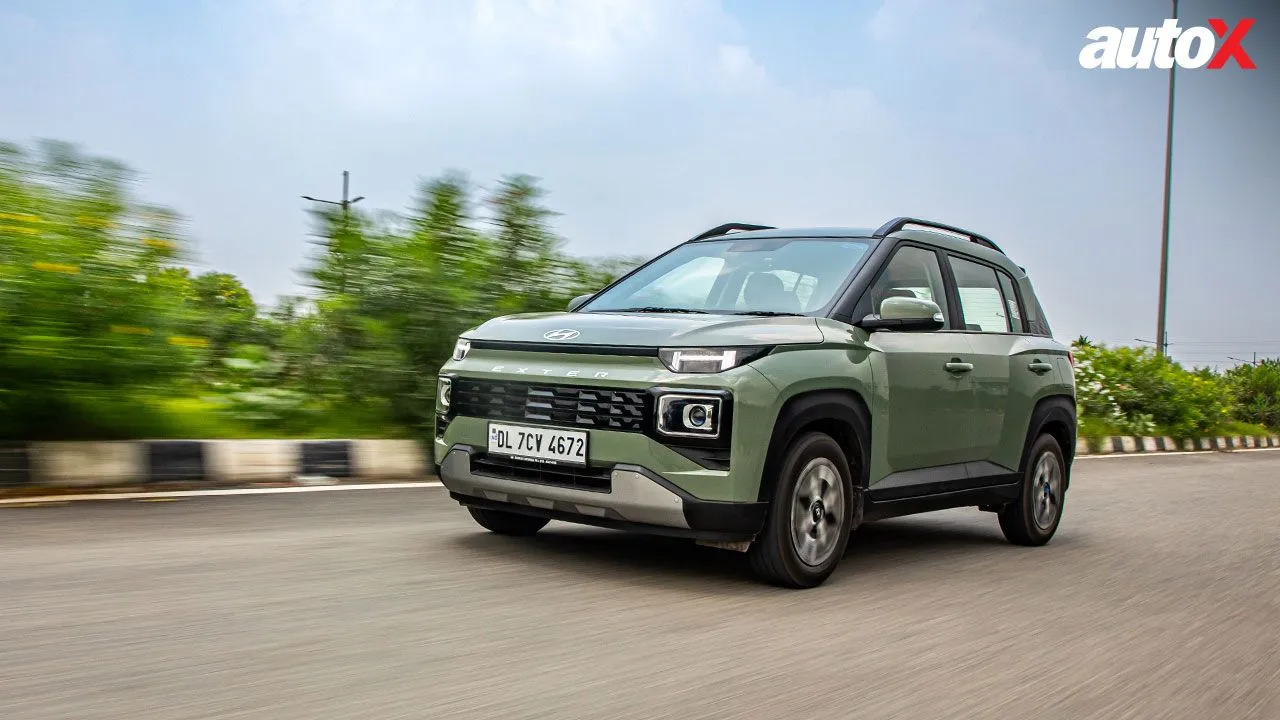
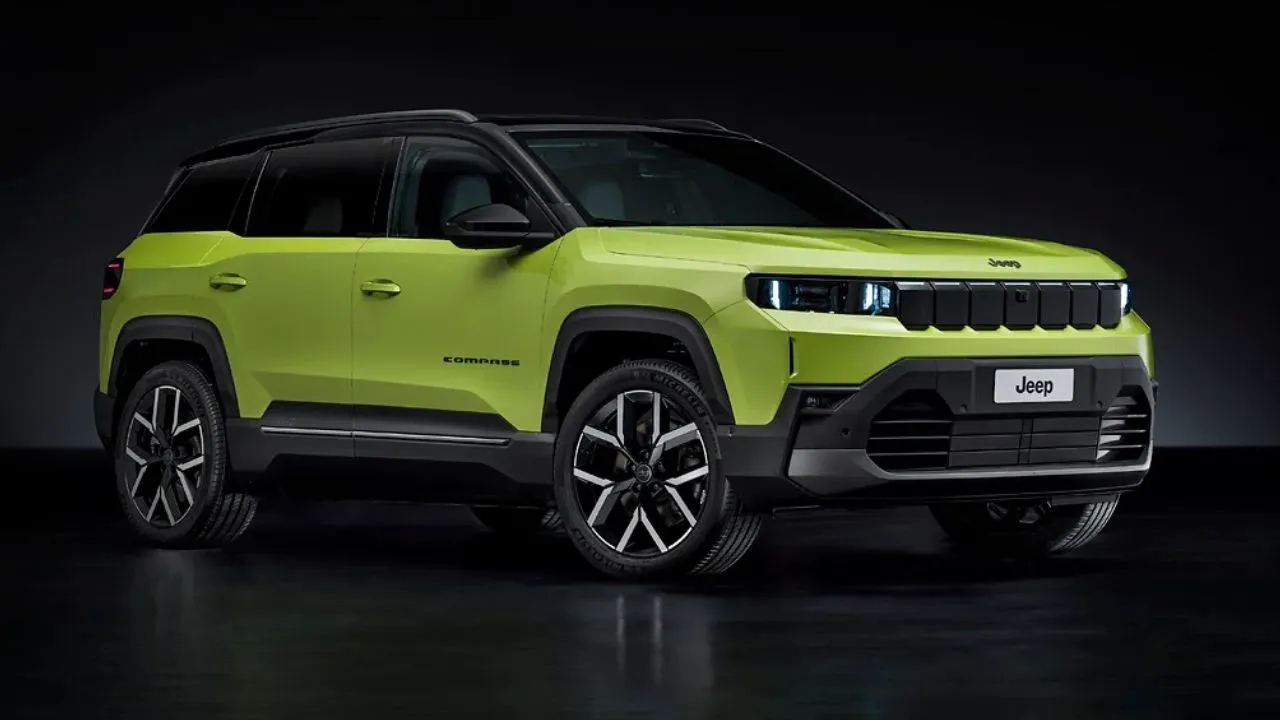

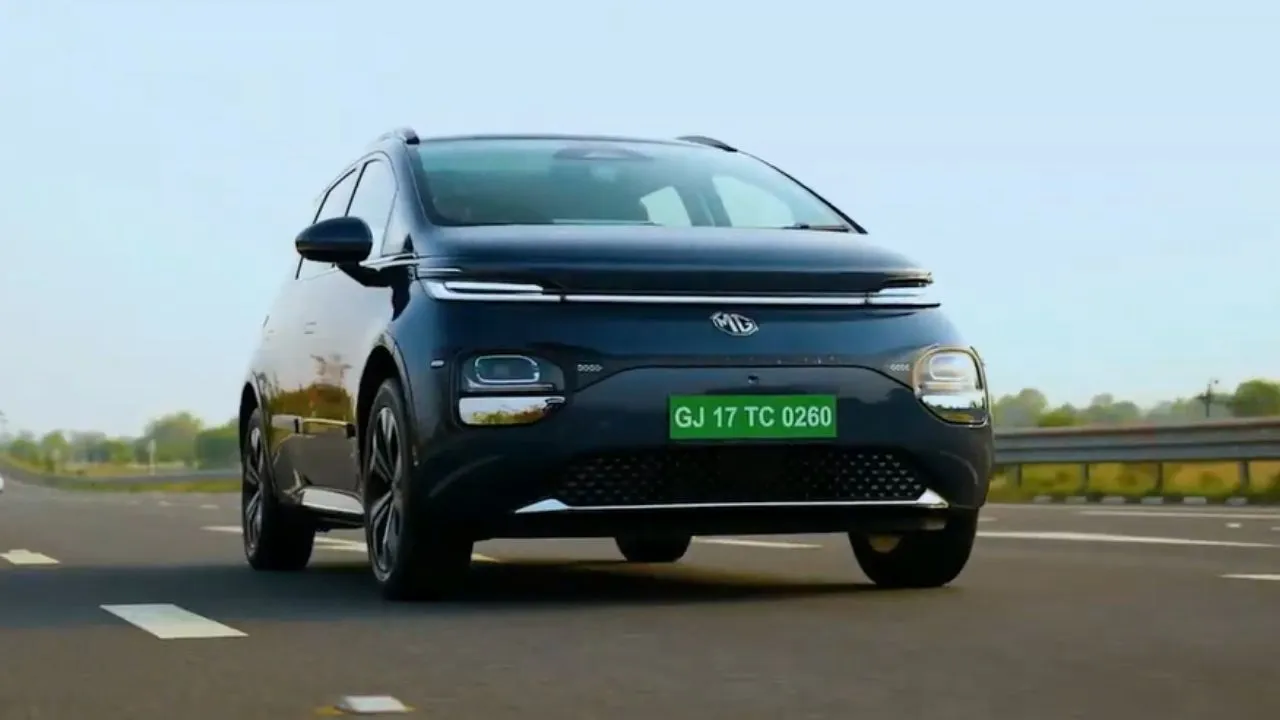
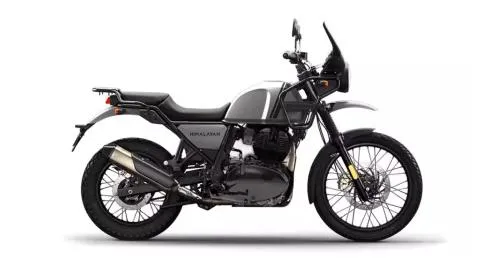
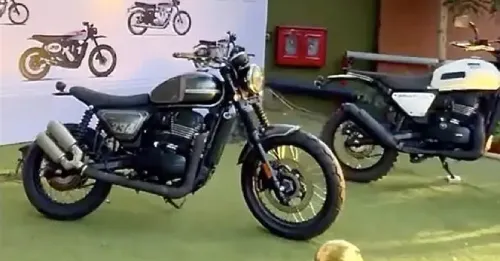
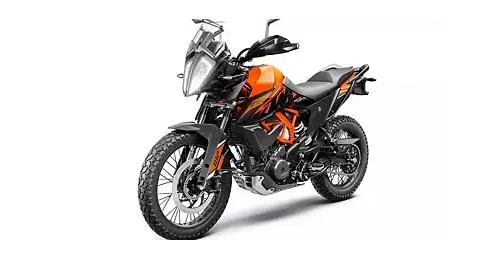

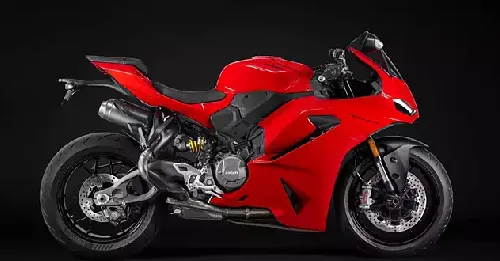














Write your Comment on